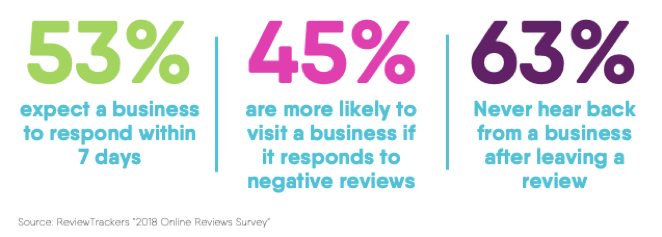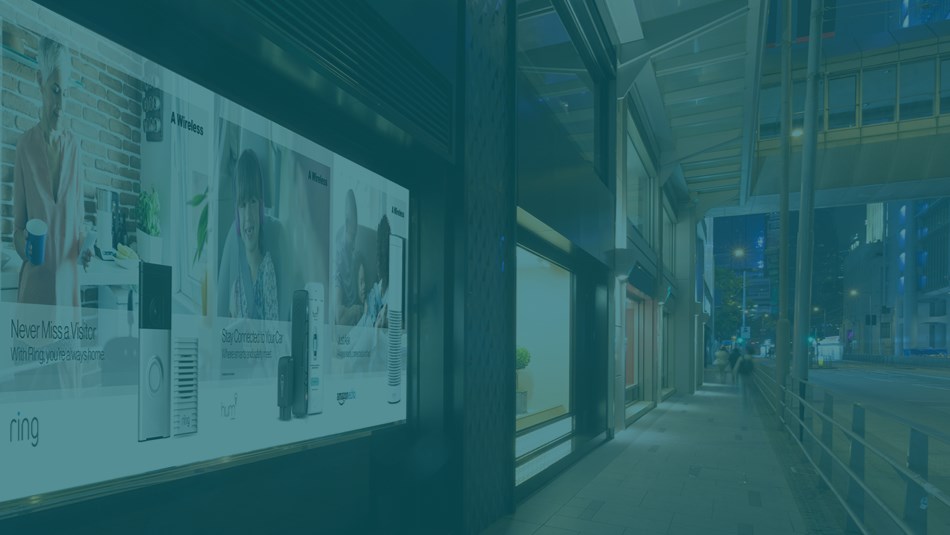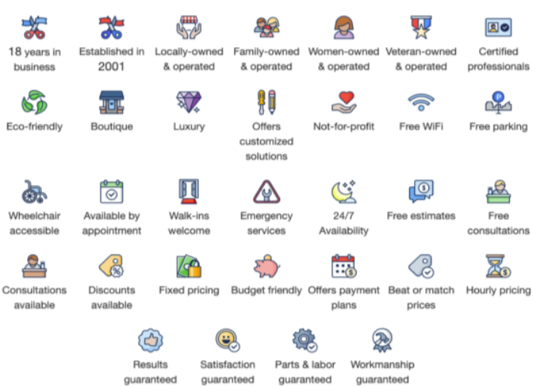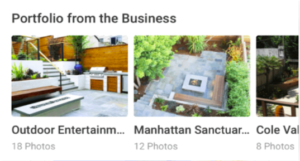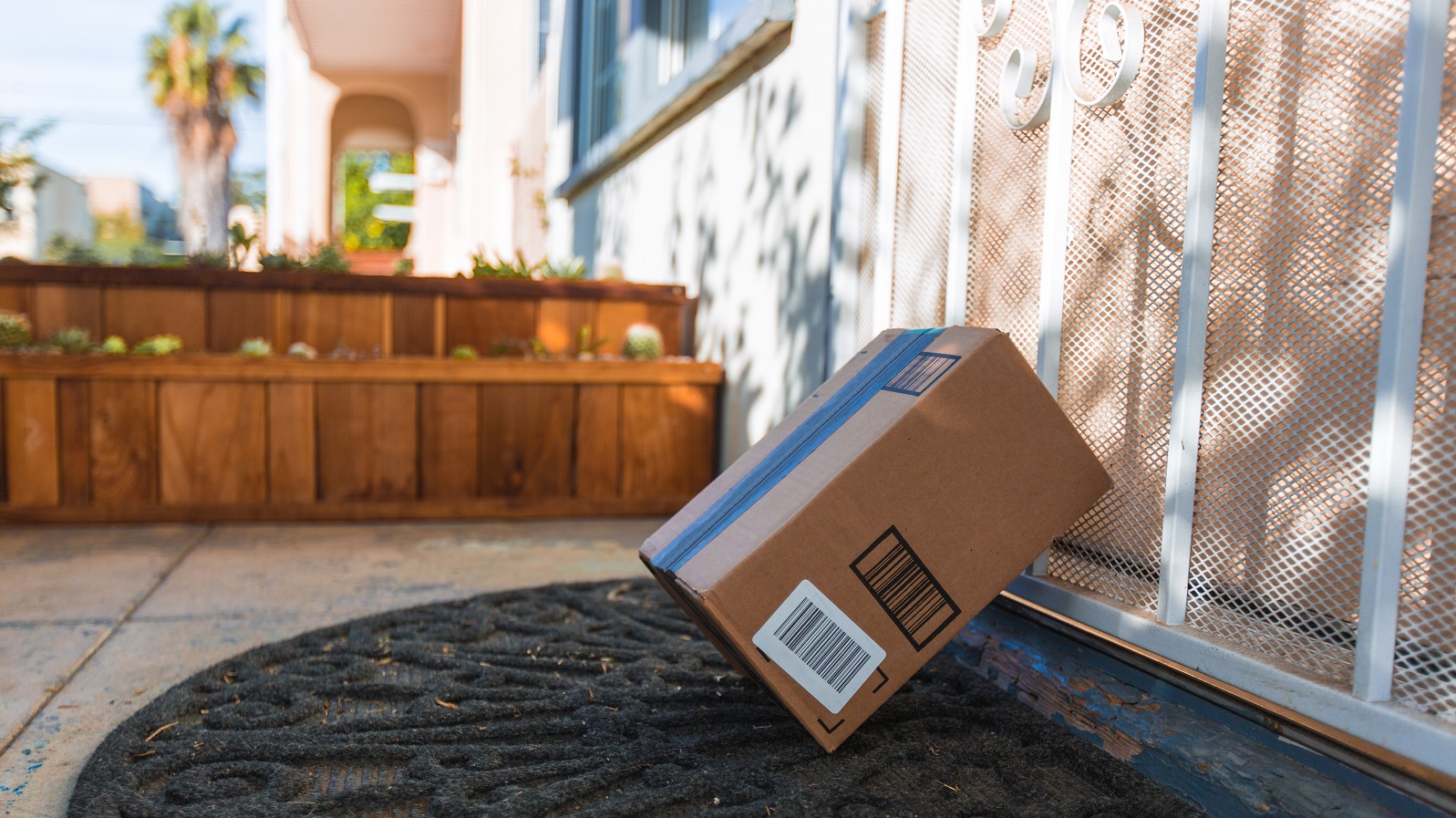For nearly a decade, marketers have been talking about the effect of the second screen on media consumption and advertising. As is often the case with change, fear hit early, and doubt was cast on the consumer’s ability to engage with primary content funded by ad dollars, and second screens were largely seen as distractions. But before long, marketers began to see the opportunities ahead and started weaving multi-screen strategy into media plans. Success varied as waters were tested. As consumption and channels continuously evolved, so too did the media plans with increasing return.
The question persists: is the second screen friend or foe to advertisers?
Before we go on, let’s acknowledge a technicality– your first screen may not be my first screen. The average 18- to 24-year-old spends almost two hours more than older adults streaming video on smartphones, including television content. For the sake of simplicity though, assume first screen here is television.
How Consumers See the Second Screen
First, take a look at the consumer experience with second screens. Second screen engagement is practically a given as audiences “sometimes” or “always” have a smartphone or tablet in-hand 73 percent of the time they’re in front of a TV, according to Nielsen’s 2018 Total Audience Report. Not exactly a shocking statistic, but what are consumers doing with multi-screen use?
Consuming Related Organic Content.Over 70 percent of multi-screen users are engaging in content related to programming. They’re solving their own trivia questions by searching online for things like:
- Sports statistics and bios during games
- Actors, filming locations, past seasons and show spoilers
- Music artists, fashion and style or product influencers
Socializing. How can you NOT talk about the final episode of The Bachelor on social media or by texting and emailing friends? Forty-one percent of second screen users report talking about their shows like this. Plus, second (and even third) screens put audiences in the moment as they take to social media to give their opinions and share related content. According to Facebook, half of sports fans say they use social media or message friends when second screening during events.
Engaging with Paid Ads, Apps and Other Content. Just ask Super Bowl advertisers–enough audience mass, hype and creative paid content will draw attention. Campaigns running during other key sporting events, like the World Cup, March Madness, World Series and Olympics, have seen tremendous audience engagement. (ICYMI, throw back to our blog, Sports and the Second Screen, for more on this.)
Literally Anything Else. Work, homework, paying bills, etc. will likely always distract audiences from paid programming and advertising to varying degrees.
How Advertisers Can Profit from Second Screens
Not every advertiser has a Super Bowl-sized budget to create and place multi-channel content in front of record-breaking audiences. Most don’t; we get it. But you can still develop profitable strategies for multi-screen consumers that create greater brand awareness and generate online and offline sales.
Think Holistically. Cross-platform planning for television, online advertising and owned media deliver extended reach, greater frequency and compounded performance. This means brands may need to bring multiple in-house marketers and agencies together to ensure cohesion of goals and tactics. For example, Mindstream Media Group commonly includes our traditional and digital strategists in client planning and optimization discussions, and we work closely with other creative and general agencies to activate holistic strategies.
Act Precisely. Imprecise, mass marketing will kill your budget and underperform. So, while you need to consider holistic strategy, that doesn’t mean paint with a broad brush. According to Harvard Business Review Analytic Services, only 30 percent of survey respondents think professionals in their organizations are “very knowledgeable” about viewing trends and related advertising needs. So, get with your agency, and be generous with your customer data, consumer targeting and intent for lookalike audiences. Pinpoint accuracy on buying journeys and viewing habits tied to content relevancy are key to efficiently and effectively allowing one screen’s marketing to play off another.
Ongoing Advertiser Opportunities
The complexity of video across screens and channels continues. With it, comes the opportunity for marketers to exploit remarkably finite data points to predict and personalize the ad experience.
Want to get the most out of second screen ad strategies? Contact Mindstream Media Group to learn how we can help.

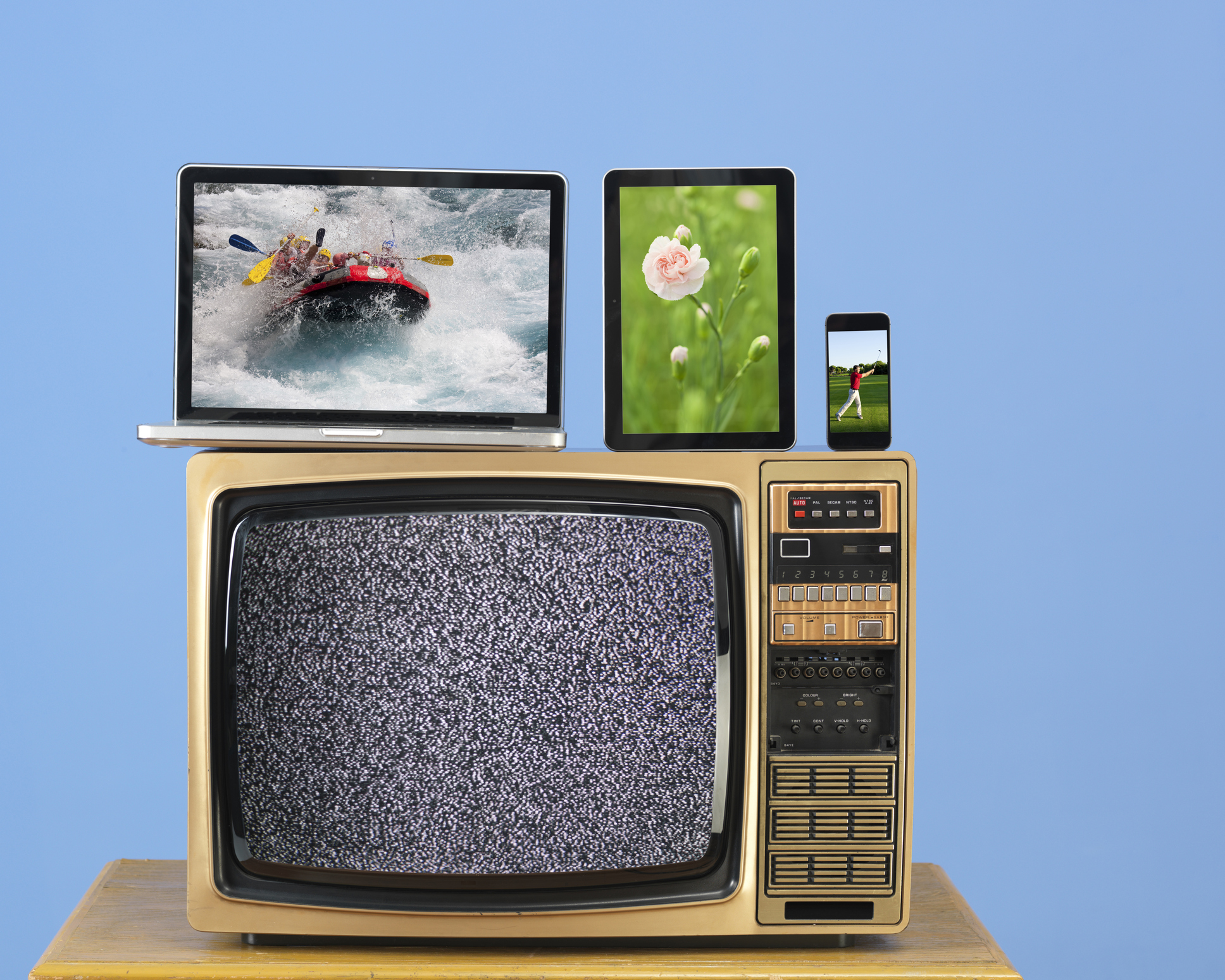

![[Video]: Driving Results That Matter](https://mindstreammediagroup.com/wp-content/uploads/2019/07/Amplify-Value_Bailey_r1-Thumbnail.jpg)



